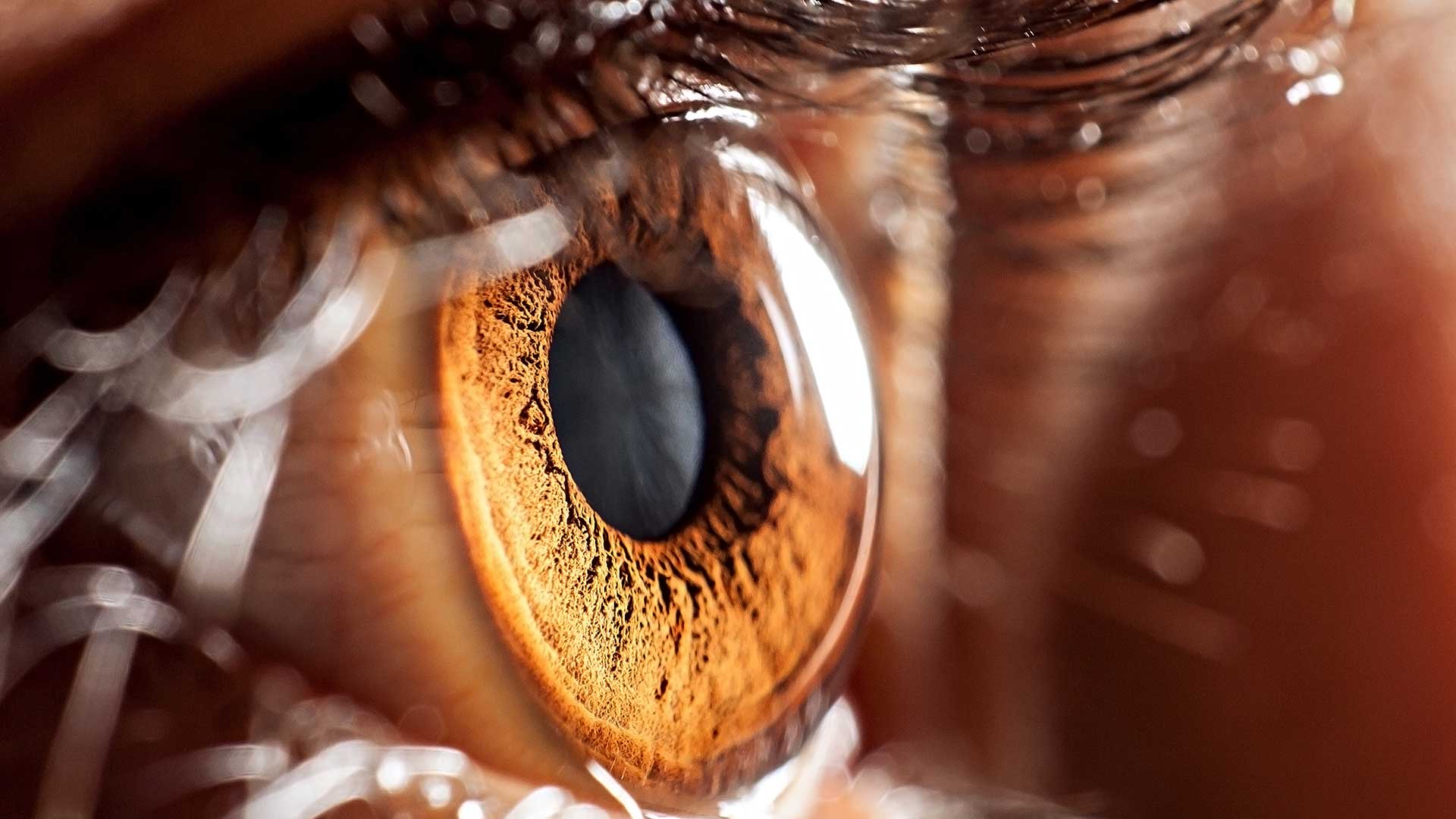What is Crosslinking (Corneal Cross Linking) Treatment?
Cross-Linking is an eye disease that damages the corneal layer and a type of treatment for it is called cross-linking therapy. Cross-linking therapy is a medical method that involves UV radiation and the use of riboflavin (vitamin B2) drop solutions.
Following this therapy, the already strong bonds between the collagen fibers that make up the corneal layer are considerably strengthened. As a result, the corneal layer will harden and prevent future progressive deformation. The progression of keratoconus disease in its early stages should hopefully be stopped after drug therapy.
According to several studies, crosslinking therapy can significantly improve visual acuity anywhere from 60% to 80% of patients, while preventing additional vision loss in 95% of patients.
How does Cross-Linking Applied?
Keratoconus disease usually progresses most rapidly between the ages of 10 and 30. During this time it is very important to administer a treatment known as crosslinking or crosslinking. The cornea is filled with vitamin B2 (riboflavin), used in the cross-linking treatment of keratoconus disease, and then exposed to ultraviolet A light.
As a direct result of this process, cross-bridges are formed between the collagen molecules in the cornea, which increase the inside-out tensile strength of the ocular tissue. Treatment can slow the progression of Keratoconus disease, such as cross-linking, which has a success rate of more than 90%. After the treatment is finished, the patient should be followed up.
Importance of Cross-Linking Treatment
Patients often receive cross-linking therapy in the later stages of the progressive phase of keratoconus disease. Although we explain the importance of this treatment in great detail, some of our patients cannot fully understand it and cause them to lose time.
This treatment will stop the disease at its current stage, but any previous vision loss will be permanent. Deteriorating vision due to keratoconus disease may not improve after cross-linking treatment. Consequently, it is crucial that patients do not delay seeking treatment when it is crucial.
Keratoconus patient is not the only patient who can benefit from cross-linking treatment. Corneal ectasia is a word used to describe a number of disorders, including keratoconus. Cross-linking treatment can prevent corneal problems in pellucid marginal degeneration and ectasia that may occur after LASIK excimer laser surgery.
How Is Cross-Linking Treatment Performed?
In Cross-Linking treatment, it can be given to each eye separately or simultaneously in the same session. Applying alcohol to the cornea removes the epithelial cell layer, which is the most superficial layer of the cornea. The stroma is located just below the epithelial cell layer. Since collagen fibers are abundant in the stroma layer, we prefer the treatment there to be successful.
The first step is to provide vitamin B2 (riboflavin) every two minutes for 30 minutes. The cornea will have absorbed all the riboflavin after thirty minutes. The cornea is subjected to light therapy for ten to thirty minutes. As a result of the reaction between riboflavin and UV-A radiation, cross-links are formed between the collagen fibers in the cornea. As a result, the inner layer of the cornea becomes stronger.
Early Period After Cross-Linking Treatment
In Cross-Linking treatment, both eyes are treated in approximately one and a half hours. After treatment, a corneal shield in a contact lens is placed here. During the procedure, anesthetic drops were placed in the patient’s eye. These drops had an effect that lasted about 30 minutes.
As soon as the anesthetic drops are removed, the patient’s vision begins to burn, sting, and watery. At the beginning of the cross-linking process, the epithelial cell layer, which forms the uppermost part of the cornea, is removed from its natural environment. Because the technique exposes nerve fibers in the cornea, patients often complain of stinging, burning, and moisture after these cells are removed from the cornea. This is the cause of the problem.
These concerns will continue for two more days. Epithelial cells will proliferate during this time and eventually close the entrance. Due to the development of epithelial cells that close the opening, the number of complaints is decreasing. Most of the patients reported that they felt better on the third day.
After the third day, the patient will complete his daily routine work more easily. However, the patient’s vision will be somewhat blurry due to Crosslinking surgery. The healing process in the cornea causes this clouding and will improve over time.
Late Period After Cross-Linking Treatment
After the crosslinking procedure is complete, the patient’s vision will become blurred in the short to medium term. The strength and duration of turbidity vary considerably from patient to patient. Some people see an improvement in their vision within 15-20 days, while others may have to wait 3-4 months for this stage to pass.
Using corneal topography combined with a complete eye examination, it is possible to determine whether keratoconus is progressing. After the treatment is completed, the patient is first followed up at three-month intervals. Following this, the follow-up intervals are increased to six months, taking into account the patient’s age and current visual status.

